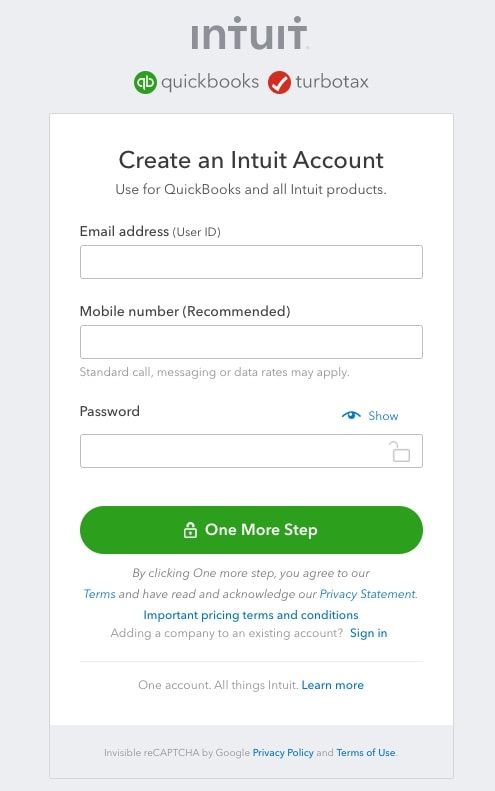Turn on suggestions
Auto-suggest helps you quickly narrow down your search results by suggesting possible matches as you type.
Showing results for
I recently bought a Mini Digger for my company. How do I enter this purchase as an asset, correctly in QB online, not just a purchase like I do normally on purchase of materials etc.
Solved! Go to Solution.
I've got your back, @Tom8517. I'll make sure you can enter fixed assets seamlessly in QuickBooks Online (QBO).
We'll have to first create an asset account in QBO. This is where we track the current value and depreciation of the things that your company owns. After setting up the accounts, you'll need to manually track depreciation using journal entries since QuickBooks doesn't automatically depreciate fixed assets.
Here's how:
For more information about setting up an asset account, please see this article: Set up an asset account in QuickBooks Online.
Once done, record the Asset by using a journal entry. Here's how:
Also, to ensure that your books are accurate and to avoid messing up the data, I recommend seeking assistance from your accountant. They can guide you through properly recording fixed assets in QBO. If you're not affiliated with one, you can use our Find an Accountant tool to look for a Pro-Advisor near your area.
I'm also including this article to learn more about how you can depreciate assets in QBO: Depreciate assets in QuickBooks Online.
Let me know if you have other questions about entering fixed assets into QBO. You can always count on me. Have a good one!
I've got your back, @Tom8517. I'll make sure you can enter fixed assets seamlessly in QuickBooks Online (QBO).
We'll have to first create an asset account in QBO. This is where we track the current value and depreciation of the things that your company owns. After setting up the accounts, you'll need to manually track depreciation using journal entries since QuickBooks doesn't automatically depreciate fixed assets.
Here's how:
For more information about setting up an asset account, please see this article: Set up an asset account in QuickBooks Online.
Once done, record the Asset by using a journal entry. Here's how:
Also, to ensure that your books are accurate and to avoid messing up the data, I recommend seeking assistance from your accountant. They can guide you through properly recording fixed assets in QBO. If you're not affiliated with one, you can use our Find an Accountant tool to look for a Pro-Advisor near your area.
I'm also including this article to learn more about how you can depreciate assets in QBO: Depreciate assets in QuickBooks Online.
Let me know if you have other questions about entering fixed assets into QBO. You can always count on me. Have a good one!
Ive selected Tangible assets as neither fixed or others was present. I believe this is same as fixed....(from google search)
Entering the original cost, would this be gross, ie. including VAT?
Thanks for your help
Hello Community Users! We have just popped in to confirm that yes it would need to be Tangible Asset you select and you would enter the current value of the Asset. If you are on unsure on what that would be you may want to consult with an accountant.
@Tom8517; If your question is whether the cost of an asset is inclusive of VAT; then my answer will be NO.
If the VAT amount is expressly stated on the invoice as a line item or can be determined, you can capture it separately as VAT expenses, Whilst the actual cost of Asset goes to asset account for proper depreciation and reporting. This is my opinion.

You have clicked a link to a site outside of the QuickBooks or ProFile Communities. By clicking "Continue", you will leave the community and be taken to that site instead.
